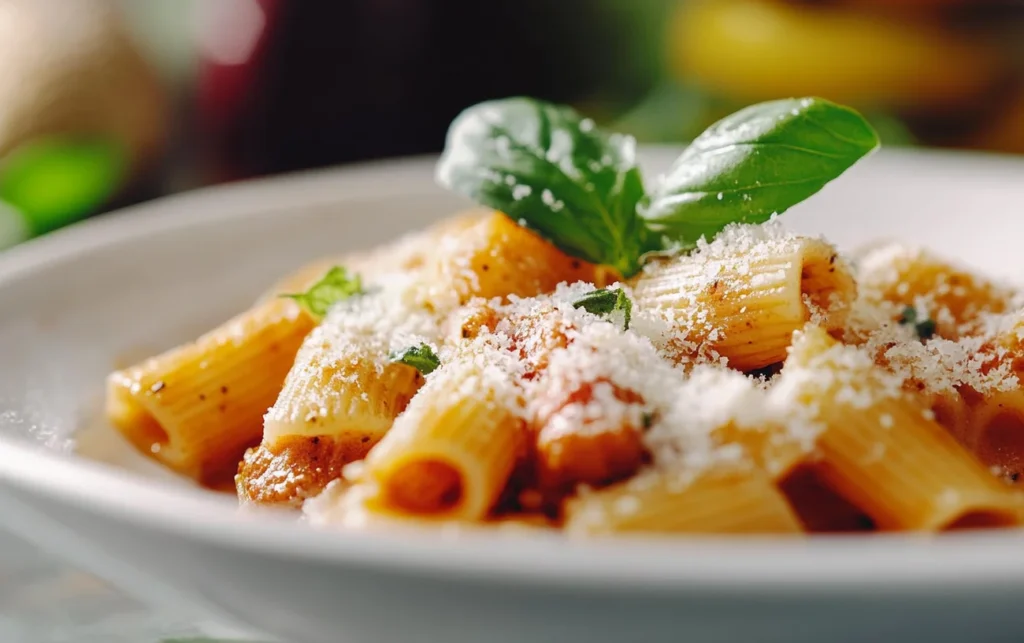If you’ve ever ended up with a sticky lump of pasta after cooking, don’t despair—your culinary skills aren’t to blame. According to chef Yulia Arkhipova, the culprit is the high starch content in pasta, which causes it to clump together. With a few simple tricks, you can ensure perfectly cooked, non-sticky pasta every time.
The Basics of Non-Sticky Pasta Cooking
To prevent pasta from sticking, adding a bit of vegetable oil to the boiling water is a tried-and-true method. This works especially well if the pasta is meant to be served hot. However, if you’re cooking pasta for a salad or cold dish, the approach changes slightly: drain the pasta in a colander and rinse it with cold water immediately after cooking to remove excess starch.
Pro Tips for Perfect Pasta
Use Plenty of Water
Cooking pasta in a large pot of water helps dilute the starch, reducing its concentration and preventing stickiness. For best results, aim to use at least 4-5 liters of water per 500 grams of pasta.
Always Start with Boiling Salted Water
Pasta should only be added to water that’s at a rolling boil and already salted. Salt not only enhances flavor but also helps maintain the texture of the pasta.
Limit Cooking Time
Cook pasta for 5–10 minutes, depending on the type and thickness. Avoid overcooking, as this increases starch release and can lead to stickiness.
Add an Acidic Touch
For an extra anti-stick measure, add a splash of vinegar or lemon juice to the boiling water. These acidic ingredients help reduce the stickiness caused by starch. Be careful not to overdo it—just a teaspoon is enough to get the job done.
Final Steps
Once your pasta is cooked to perfection:
- Drain it thoroughly.
- For hot dishes, serve immediately with your favorite sauce.
- For cold dishes, rinse with cold water and toss with a bit of oil to maintain its appealing texture.
By following these tips, your pasta will not only look and taste better but also elevate the overall dining experience. Enjoy your perfectly cooked, non-sticky pasta!

